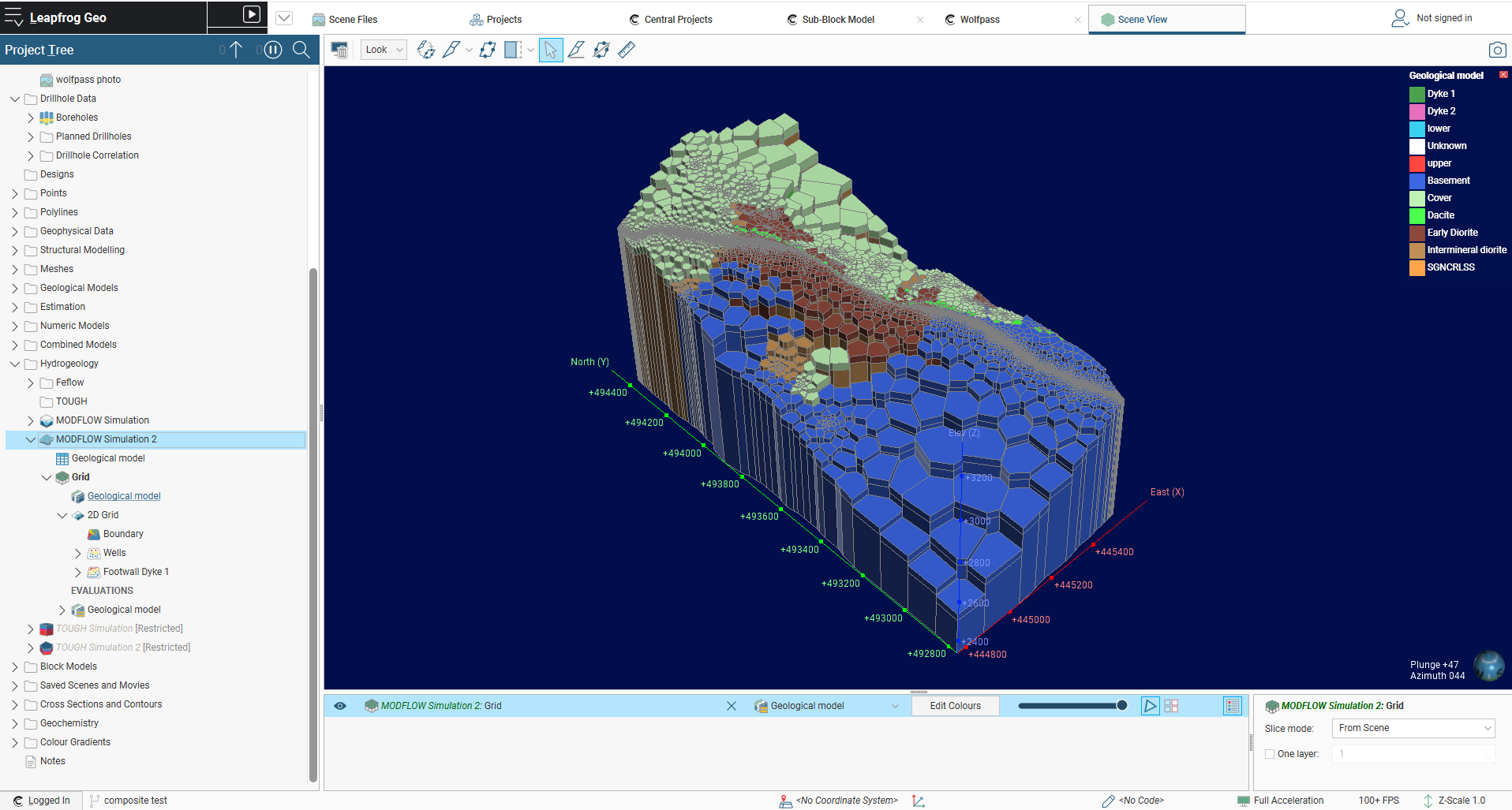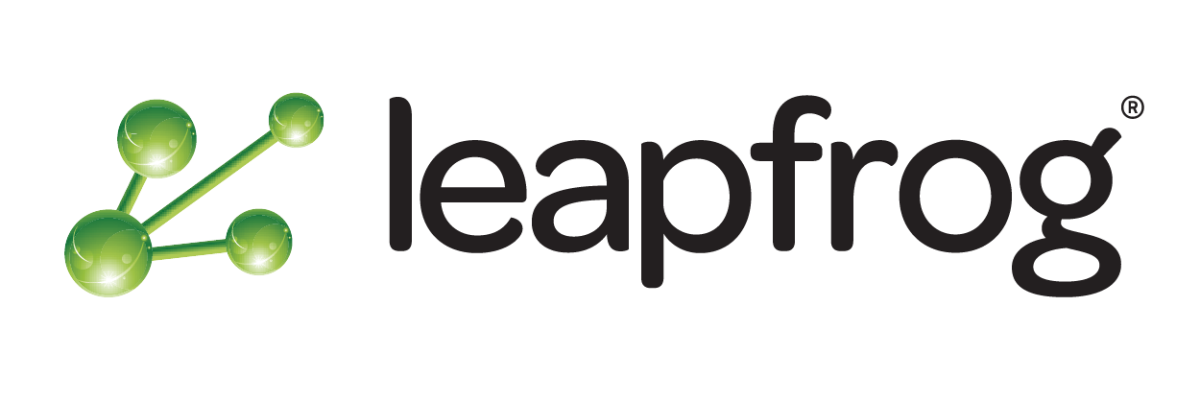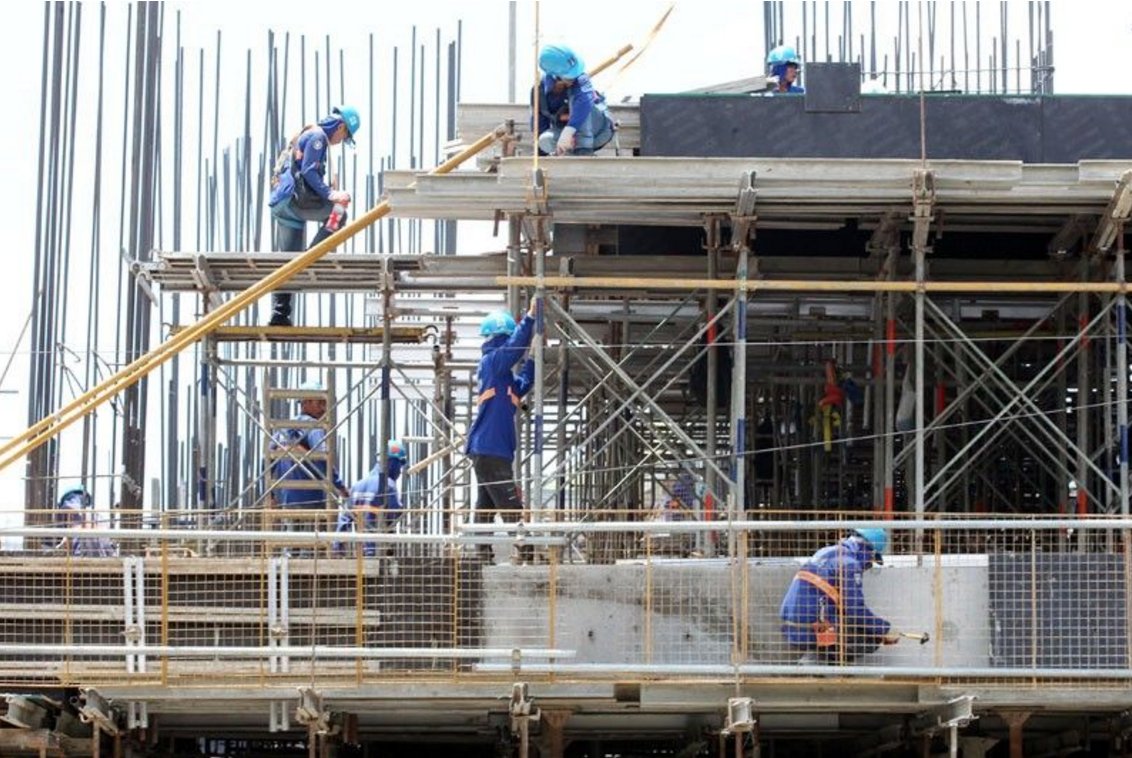Leapfrog GEO

Key Features of Leapfrog Geo
Intuitive and Dynamic 3D Modeling
Leapfrog Geo stands out for its ability to create dynamic 3D geological models quickly and intuitively. Unlike traditional modeling software, Leapfrog Geo uses implicit modeling techniques that automatically update the model as new data is added, reducing the time required to build and refine geological models. This dynamic approach ensures that models are always up-to-date and reflect the latest available data.
Seamless Data Integration
Leapfrog Geo supports the integration of various data types, including drillhole data, geological maps, geophysical data, geochemical data, and structural data. This multi-source data integration allows geologists to create comprehensive models that incorporate all relevant information, leading to more accurate and reliable geological interpretations.
Advanced Geological Analysis
The software offers advanced tools for geological analysis, enabling users to perform detailed investigations of their models. Key analysis features include:
- Vein Modeling: Accurately model vein structures and complex mineralized zones.
- Structural Modeling: Analyze and interpret geological structures such as faults, folds, and fractures.
- Geostatistics: Apply geostatistical methods to assess the spatial distribution of geological variables.
These tools provide geologists with deeper insights into the subsurface, aiding in the identification of mineral resources and geological hazards.
Real-Time Collaboration and Sharing
Leapfrog Geo facilitates collaboration through its integration with Seequent Central, Seequent’s cloud-based data management platform. Teams can share models, data, and interpretations in real time, ensuring that all stakeholders are working with the most current information. This collaborative environment enhances communication, reduces errors, and improves project outcomes.
Flexible and Customizable Workflows
The software is designed to accommodate a wide range of geological workflows. Users can customize their modeling processes to suit specific project needs, automate repetitive tasks, and create templates for consistent application across multiple projects. This flexibility allows geologists to adapt the software to their unique requirements and improve efficiency.



















